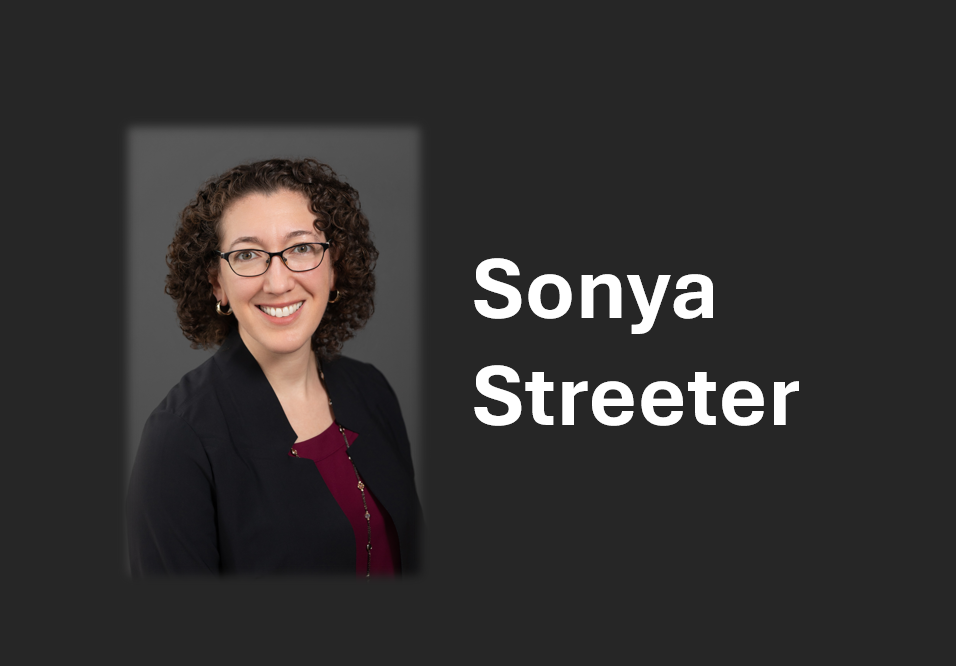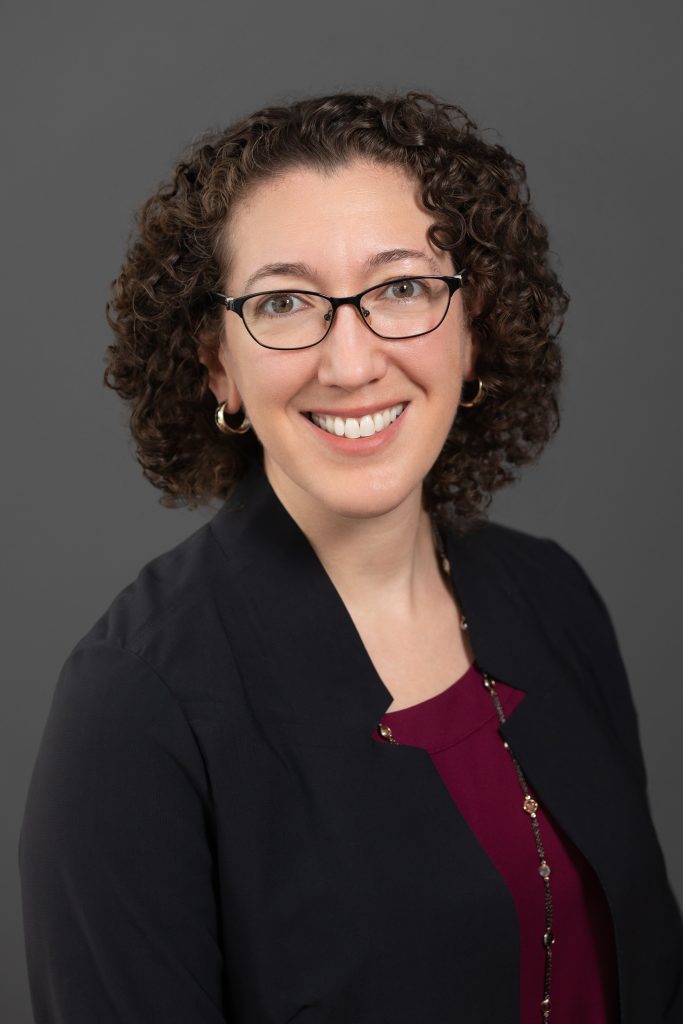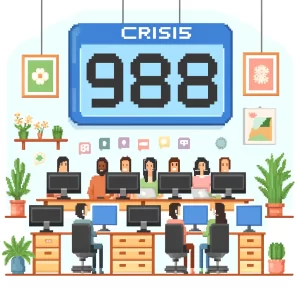
A conversation with Sonya Streeter
As public health organizations and governmental agencies allocate billions of dollars in grants each year, ensuring that these financial resources reach underserved communities is essential to closing health disparities. In this interview, we speak with Sonya Streeter, Associate Vice President in Behavioral Health and Health Policy at Westat, about their recent work and insights from the policy brief “Equity in Grantmaking: A Review of Barriers and Strategies for Funders.“ This comprehensive report outlines the challenges grantmakers face in advancing equity and offers actionable steps to overcome barriers throughout the grant process—from application design to funding decisions.
Drawing from over 20 years of experience in healthcare policy and implementation, Streeter discusses the importance of cultural competency, community engagement, and transparency in decision-making. By bringing more diverse voices into the grantmaking process, funders can ensure that their resources are better aligned with the needs of marginalized populations. This conversation highlights how grantmakers can improve equity, foster trust, and ultimately enhance public health outcomes for communities that need it most.
How can increasing equity in grantmaking impact public health outcomes, particularly in underserved communities?
Each year, grantmakers—including Federal and State governmental agencies or philanthropies—distribute hundreds of billions of dollars to organizations throughout the country. Many of these organizations implement and operate programs that aim to directly improve the health of communities with initiatives that, for example, increase access to vaccinations or dental care or initiatives that indirectly affect health by addressing food insecurity or neighborhood safety.
Implementing strategies that identify and address barriers to equity in grantmaking can increase diversity in the organizations that receive grant funding and ensure the voices of underserved communities are heard and recognized. By incorporating this broader, more diverse set of voices into the grant community, grantmakers may enhance the equity of the grant-funded programs themselves.
How important is cultural competency when designing and awarding grants, and what steps can grantmakers take to ensure they are meeting the needs of diverse communities?
This is a great question. We found multiple studies that showed how reviewers of grant applications bring biases for familiar programmatic strategies to the review process; these biases may lead reviewers to overlook applications proposing novel approaches from smaller, newer, or BIPOC-led organizations. Grantmakers will continue to gravitate toward familiar programmatic strategies and known organizations if staff do not understand or are not aware of culturally responsive approaches that incorporate knowledge of the values, practices, and histories of specific communities.
Funders may bolster cultural competence in the grantmaking space in several ways. First, funders may diversify teams that review submitted applications to introduce new perspectives. We found studies describing how grantmakers diversified the types of individuals who serve on review panels by, for example, recruiting community members and people with lived experience to serve as reviewers. Alternatively, funders may support their reviewers with training on recognizing implicit biases when they arise by developing concrete scoring rubrics or by instituting a blinded peer review process. Lastly, depending on the number of grant applicants, some funders incorporated interviews with grant applicants and community partners into the process to supplement the written proposal and better understand the organization’s mission and approach.
Whenever possible, we recommend that funders use a committee approach so that multiple reviewers can converse with one another, discuss viewpoints, and build on perspectives.

Implementing strategies that identify and address barriers to equity in grantmaking can lead to increased diversity in the organizations that receive grant funding and ensure the voices of underserved communities are heard and recognized. By incorporating this broader, more diverse set of voices into the grants community, grantmakers may enhance the equity of the grant-funded programs themselves.
How can grantmakers effectively engage with the communities they aim to serve during the grant design process to ensure their needs are adequately addressed?
We found multiple examples of funders designing grant opportunities with input from potential applicants and community representatives. This enhances the grant design by incorporating awareness of the voices of people with lived experience. One grantmaker from philanthropy interviewed for our study noted that a community-based co-design process improved the structure of the grant program while also serving as an outreach method to increase community buy-in and attract community-based organizations as applicants. Other approaches to engaging the community include soliciting feedback from cultural groups on the application’s language, holding regular consultative sessions with community representatives throughout the grantmaking process, and using participatory grantmaking techniques to open the process of decision-making and program design to community members beyond foundation staff.
What steps can grantmakers take to ensure transparency in the decision-making process to build trust with marginalized communities?
We recommend using open calls for applications, which facilitate more equitable access to funding announcements and potentially a greater diversity of awardees. Compared with invitation-only or sole-source opportunities, open calls—meaning public calls for applications to which any eligible organization can apply—increase transparency and can encourage more submissions from a wider pool of potential applicants.
In addition, investing in a comprehensive outreach strategy can result in more applicants with diverse organizational characteristics and diverse ideas. Numerous sources emphasized the importance of comprehensive, wide-reaching outreach to encourage a broader range of applicants, despite the time and cost involved.
Finally, grantmakers can provide feedback from the review process to help unsuccessful applicants learn and improve, which especially benefits applicants newer to the grant process – including those who may ultimately diversify the awardee pool. Research suggests constructive feedback encourages unsuccessful applicants to apply again, rather than give up on seeking funding. Funders may provide general feedback, such as listing the common mistakes observed during the review process, or detailed feedback about an organization’s application to highlight strategies to improve future responses to grant opportunities.
How can funders assess the effectiveness of strategies to increase equity in grantmaking?
We encourage funders to use both process and outcome measures to highlight areas for continued improvement and to support assessments on whether the implemented initiatives are associated with meaningful changes. That said, we found little consistency in measures funders use to assess equity in the grantmaking process. Instead, grantmakers create their metrics, using readily available data or establishing new mechanisms to collect data from grant applications, awardees, and existing sources. For example, grantmakers may use data on organizational characteristics to understand trends in the types of applicants or grant recipients. Multiple study interviewees described collecting data on whether the organization is a new applicant or awardee to indicate whether an organization may benefit from technical assistance.
Alternatively, some grantmakers focus on increasing equity in the communities and populations served by grant funding. To measure progress toward this goal, funders can collect data on the individuals participating in the grant-funded programs or, in the case of grant applications, the geographic region where the proposed program would operate. Collecting detailed data disaggregated by demographic characteristics–such as race, ethnicity, disability, gender, and sexual orientation–can enhance analyses.
When considering data to measure equity in grantmaking, study interviewees spoke to the need for timely and accurate data that does not dissuade prospective applicants or overburden awardees.
Unlock Daily Public Health Updates!
Want real-time access to groundbreaking research? Sign up for our Public Health Article Feed and get daily updates summarized in clear language so you can stay on top of what matters most. Join now—science should be simple and accessible! Click below!



